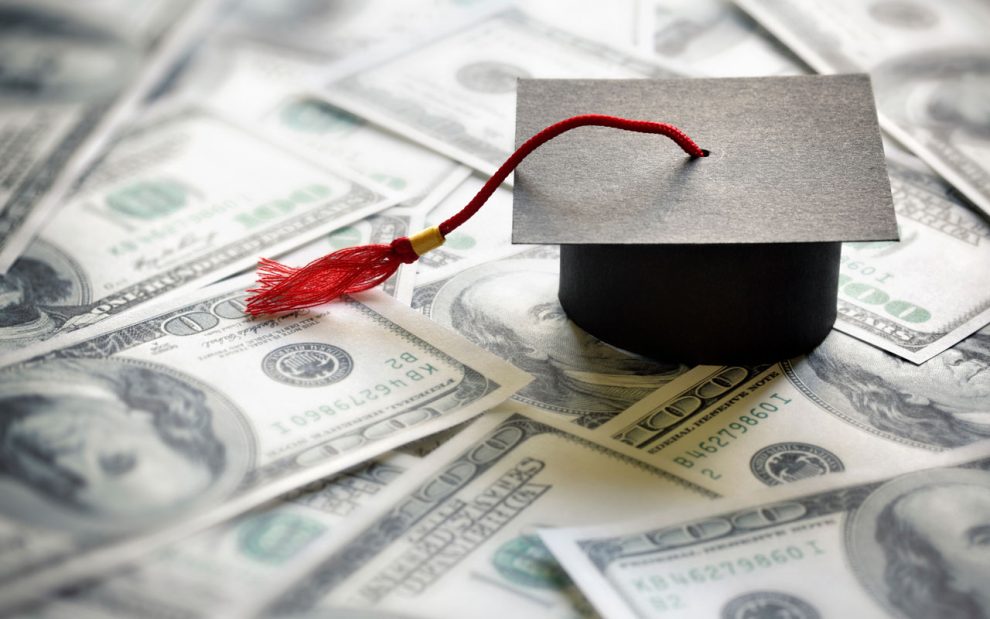The average cost of tuition and fees at an all-state public college is over $10,000 per year. This has increased more than 200% since 1988 when the average was only $3,190. At a private college, the cost is now over $36,000 per year and some even have prices exceeding $50,000. Additionally, over 44 million Americans collectively hold more than 1.5 trillion dollars in student debt. A few decades ago, this amount of money to pay just to receive an education would sound absurd, but now it is astonishingly seen as normal.
“We have got to make sure that every qualified American in this country who wants to go to college can go to college regardless of income.” (Bernie Sanders) This statement demonstrates that free college would expand access to more education. The high cost of a degree would no longer be an obstacle, as all people would have an equal chance to pursue their future goals and intents. More so, this can create a larger educated workforce and a population that has better critical thinking skills. They would be able to get better college degrees and jobs, causing a positive ripple effect. Furthermore, the problem of student debt would not stand in the way of daily life and innovation. There would be more opportunities available to try new ideas, pursue interesting concepts, or explore new ways to use their talents. Students would also be able to buy more houses, cars, spend more on healthy food, and travel more. In essence, they would even be contributing more to the economy.
Although promising support of higher education, some argue that free college would be too expensive to implement. If America were to move to a tuition-free college policy, where would the money come from? It seems certain that the upper class or even middle class will see increased taxes. In the end, someone will have to pay these dues through taxes, and the uncertainty of who makes many Americans uncomfortable. Additionally, if college was free, students might not take their education as seriously. They won’t value these ideals as much since it’s being handed to them on a silver platter. Students tend to work harder if the tuition is coming from their own pockets. Even worse, critics argue that a flood of mediocre graduates will be competing for limited jobs. This can cause more students to attend graduate school in order to stand out. However, this also costs money leading to yet another potential problem of student debt.
Despite the political considerations, there are still many advantages and disadvantages to a college with free tuition. All students would be given an equal chance to live to their fullest potential, expanding their education to higher levels. More so, student debt would be out of the picture leading to a happier and healthier student population. However, as illustrated above, this could also lead to an increase in taxes to the upper and middle classes. If not directed to its citizens, the federal government would have to pull out money to help these schools, leading to yet another expensive situation to uphold. Additionally, the increased number of graduates would be held to compete against one another for limited job positions, which may actually cause a more depressed and workaholic population. However, at the end of the day, all students should take pride in who they are, regardless of their financial status or education level. One’s personality should not be derived from where they come from, but from how they bring themselves up to be.







